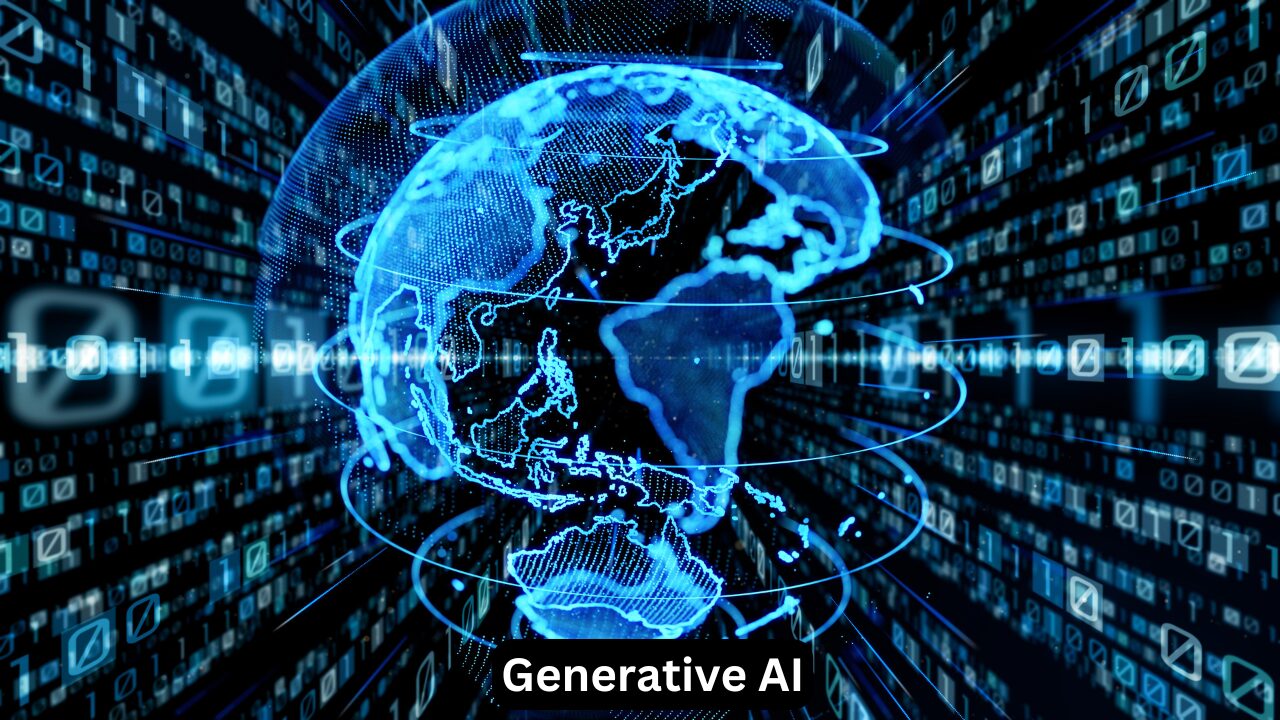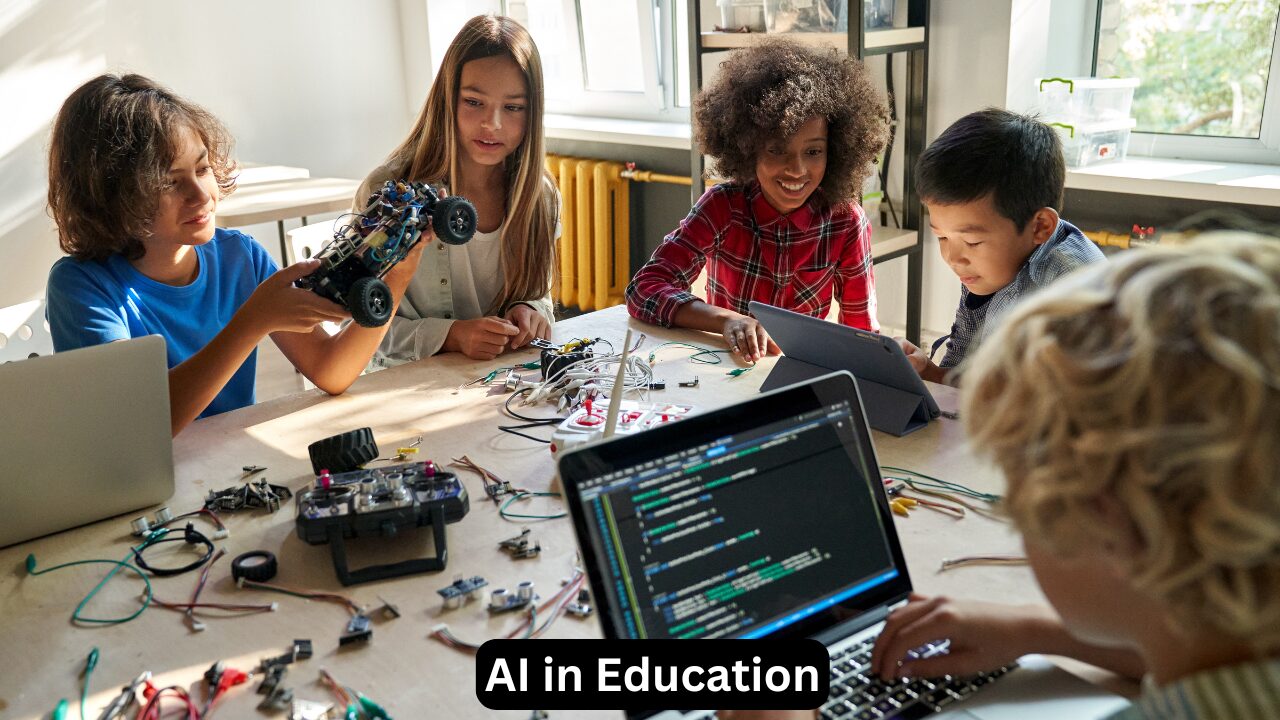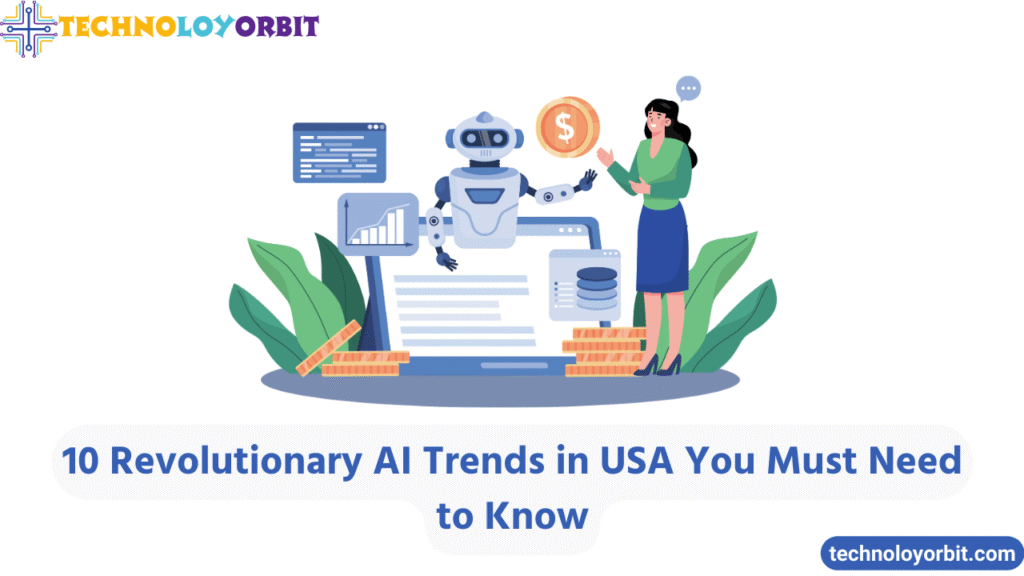AI trends in USA are reshaping industries with advancements in healthcare, finance, smart cities, and more, emphasizing innovation, efficiency, and ethical considerations.
Artificial Intelligence (AI) continues to redefine possibilities, shaping the way Americans work, live, and innovate. From cutting-edge research labs to everyday applications, the U.S. leads the charge in deploying AI to solve complex problems. In 2024, advancements in AI are setting a new benchmark for industries globally, fostering innovation, efficiency, and sustainability.
Why AI Holds A Huge Importance in the USA
The United States stands as a global leader in the AI revolution, driven by an advanced tech ecosystem, visionary startups, and consistent government investments. AI’s impact extends across key sectors like healthcare, where it improves diagnostics, education, through personalized learning tools, and finance, by enhancing fraud detection and automation. Moreover, its role in smart urban planning and sustainability initiatives showcases AI’s ability to tackle real-world challenges.
This article explores the latest AI trends in USA, offering insights into groundbreaking innovations, their societal and economic impacts, and the ethical frameworks shaping their responsible adoption.
1. Generative AI: Redefining Creativity and Productivity

Generative AI refers to models that can create text, images, music, and videos, mimicking human creativity. It has transformed how businesses operate, enabling automation in content production, marketing, and customer engagement.
- How It Works: Generative AI systems use deep learning algorithms to analyze vast datasets and produce outputs. For instance, tools like ChatGPT can generate conversational text, while DALL-E creates visual art.
- Applications: In marketing, generative AI helps create tailored ad campaigns. Media houses use it for automated news reports, while designers generate concept art faster than ever before.
- Challenges: Ethical concerns, including misinformation and copyright violations, require careful governance.
Why It Matters: Generative AI empowers individuals and organizations to scale creativity while optimizing resources.
2. AI in Healthcare: Improving Diagnostics and Patient Care
AI’s integration in healthcare addresses inefficiencies and inaccuracies, paving the way for precision medicine.
- Key Innovations:
- Diagnostic Accuracy: AI algorithms like those in IBM Watson and DxR Clinician analyze medical data to identify patterns, assisting doctors in early disease detection.
- Drug Discovery: AI accelerates drug development by simulating chemical reactions and predicting the efficacy of compounds.
- Operational Efficiency: Automating administrative tasks like scheduling and billing allows healthcare providers to focus on patient care.
- Case Study: In the U.S., hospitals using AI-assisted tools have reduced diagnostic errors by 30%, improving patient outcomes.
Why It Matters: AI in healthcare not only enhances quality but also ensures accessibility for underserved communities.
3. Edge AI: Real-Time Data Processing at the Source
Edge AI processes data directly on devices instead of relying on centralized cloud servers, addressing latency and security concerns.
- How It Works: Edge AI integrates advanced chips and local machine learning models into devices like smartphones, IoT gadgets, and autonomous vehicles.
- Applications:
- Smart Cities: Real-time traffic management systems powered by Edge AI reduce congestion and emissions.
- Autonomous Vehicles: Tesla and Waymo employ Edge AI for on-the-spot decision-making, enhancing safety.
- Advantages: Improved privacy, reduced network dependency, and faster processing make Edge AI indispensable.
Why It Matters: Edge AI democratizes data analytics, making it more accessible and secure for users.
4. AI and Sustainability: Towards a Greener Future
AI is vital in addressing climate change and promoting sustainability.
- Key Contributions:
- Energy Optimization: AI-powered smart grids predict and manage electricity demand efficiently.
- Waste Reduction: AI tools in manufacturing minimize resource wastage by improving production processes.
- Sustainable Agriculture: Precision farming technologies driven by AI ensure optimal use of water, fertilizers, and pesticides.
- Example: Google’s AI model reduced data center cooling energy use by 40%, significantly lowering operational costs and emissions.
Why It Matters: AI fosters a sustainable future by balancing industrial growth with environmental preservation.
5. Conversational AI: Revolutionizing Human Interaction

The rise of Conversational AI, powered by natural language processing (NLP), has transformed customer service.
- How It Works: AI chatbots and virtual assistants use NLP to understand user queries and provide tailored responses.
- Applications:
- E-Commerce: AI bots assist users in product selection, refunds, and inquiries.
- Healthcare: Virtual assistants remind patients about medication schedules or follow-ups.
- Challenges: Ensuring natural interaction remains a hurdle for developers.
Why It Matters: Conversational AI enhances user experiences by making interactions more intuitive and efficient.
6. Ethical AI: Balancing Innovation with Responsibility
With AI’s pervasive role, ethical concerns have taken center stage in the USA.
- Key Issues:
- Bias in Algorithms: AI models may perpetuate stereotypes if not trained on diverse datasets.
- Data Privacy: Unauthorized use of personal data poses risks.
- Accountability: Determining responsibility for AI-driven decisions remains challenging.
- Solutions:
- Companies like Microsoft and Google have established ethical AI councils to govern usage.
- Federal regulations, including the Algorithmic Accountability Act, promote transparency.
Why It Matters: Ethical AI ensures equitable and trustworthy technology.
7. AI in Finance: Personalized and Secure Banking
The financial industry in the USA leverages AI to enhance decision-making, reduce risks, and provide personalized services.
- Applications:
- Fraud Detection: AI identifies unusual patterns in transactions, mitigating cyber threats.
- Customer Insights: Machine learning algorithms predict customer needs for tailored banking solutions.
- Automated Trading: High-frequency trading systems powered by AI optimize investment decisions.
- Real-World Impact: Major banks like JPMorgan Chase save billions annually by deploying AI for risk management.
Why It Matters: AI enhances financial stability and user experience while ensuring security.
8. Humanoid Robots: Enhancing Collaboration
Advancements in humanoid robotics allow seamless human-robot collaboration across various sectors.
- How It Works: AI systems integrated into robots enable them to perform tasks traditionally requiring human intelligence.
- Applications:
- Healthcare: Robots assist in surgeries and patient rehabilitation.
- Manufacturing: AI-driven robots increase efficiency in assembly lines.
- Future Potential: Projects like Boston Dynamics’ robots exemplify the possibilities of AI in robotics.
Why It Matters: Humanoid robots enhance productivity while addressing labor shortages.
9. AI for Smart Cities: Building Urban Efficiency
AI plays a pivotal role in the development of smart cities, optimizing urban infrastructure.
- Applications:
- Traffic Management: AI systems predict congestion and adjust traffic lights in real-time.
- Waste Management: Smart bins equipped with AI sensors optimize garbage collection.
- Public Safety: Surveillance systems with AI enhance emergency response times.
Why It Matters: AI-driven cities promise better living standards and environmental sustainability.
10. AI in Education: Personalized and Inclusive Learning

AI is transforming education by tailoring content to students’ unique learning needs.
- How It Works: Adaptive learning platforms use AI algorithms to assess student performance and provide customized learning paths.
- Applications:
- Virtual Classrooms: AI tools support remote education through interactive learning modules.
- Skill Assessment: AI evaluates students’ strengths and areas for improvement, enabling focused interventions.
Why It Matters: AI democratizes education, making it accessible and effective.
FAQs on AI Trends in USA
- What are the biggest AI trends in the USA for 2024?
Generative AI, Edge AI, and AI in healthcare are the leading trends. - How is AI enhancing the U.S. healthcare system?
AI improves diagnostics, streamlines operations, and personalizes treatment plans. - What is ethical AI, and why is it important?
Ethical AI focuses on fairness, transparency, and accountability to ensure trust in AI systems. - Which industries benefit most from AI?
Healthcare, finance, education, and urban planning are among the top beneficiaries. - How does Edge AI improve daily life?
Edge AI enhances privacy and speed by processing data locally on devices. - Are humanoid robots replacing human jobs?
While they increase efficiency, humanoid robots are designed to collaborate with humans rather than replace them. - What is the role of AI in smart cities?
AI optimizes urban infrastructure, improving traffic, waste management, and public safety. - Why is generative AI so popular?
Generative AI allows scalable creativity, enabling rapid content creation across industries.
Conclusion: AI’s Transformational Path in the USA
The AI trends in USA underscore the nation’s relentless drive toward technological leadership and meaningful innovation. From advancing healthcare diagnostics to building smarter cities and promoting sustainable practices, AI’s integration into critical sectors highlights its transformative potential. By prioritizing ethical practices and equitable access, the U.S. ensures AI is a tool for solving pressing challenges while fostering economic growth. As these trends evolve, they promise not just innovation but also long-term societal and industrial progress. Please follow out blog Technoloyorbit.



